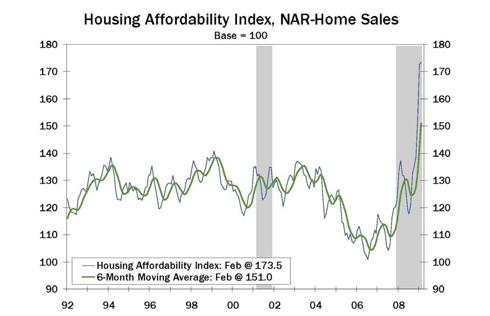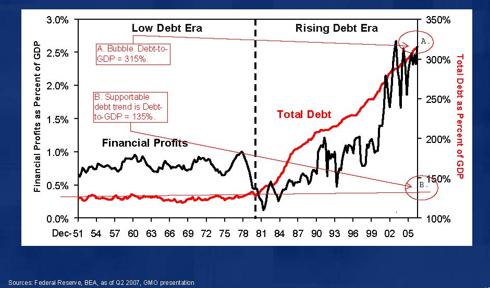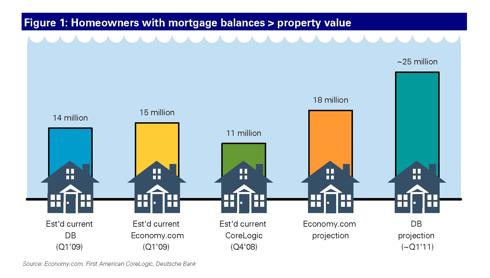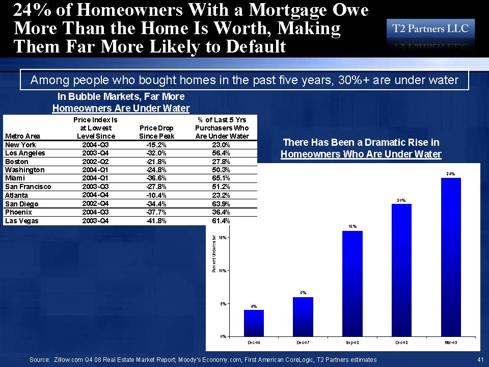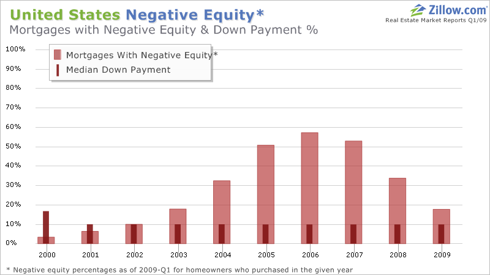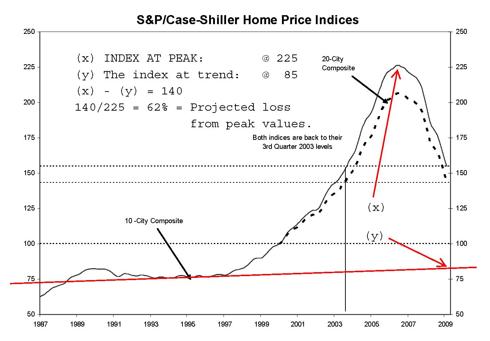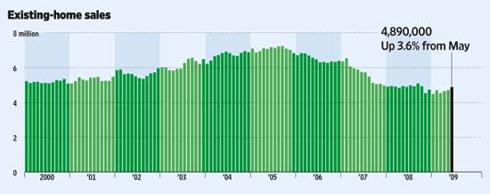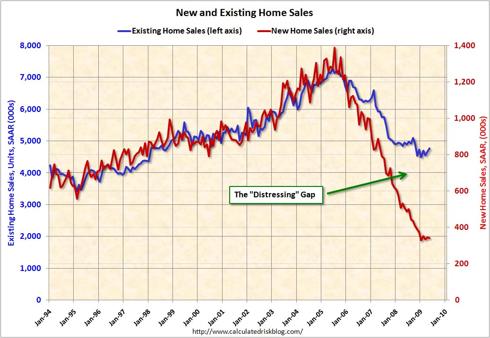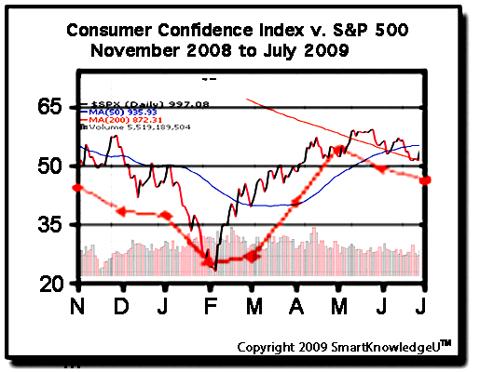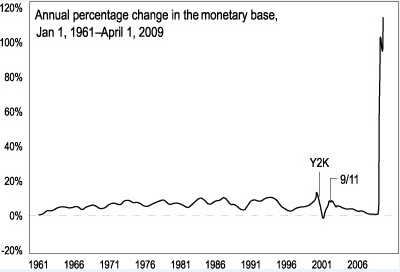By Stewart Thomson | 11 August 2009
1. Fund manager Paul Tudor is not human. He's superhuman. He's the greatest money manager in the history of the world, and in my opinion, nobody is even close to him. The man uses massive leverage, yet he's never had a losing year since he started his fund 20 years ago. His biggest drawdown, ever, was only 13%. Massive performance combined with microscopic drawdowns is what defines the greatest fund managers.
2. Paul was quoted by Bloomberg yesterday in a rare public statement. He says the stock market advance since March is a "…bear-market rally. We are not inclined to aggressively chase the market here."
3. I translate that statement as "We're going to new lows, and the public should prepare for their financial deaths". The Dow longs are in the banksters' toaster. And one of their kids is just now making his way to the kitchen. Question: What happens when the kid presses the start button on the toaster? I hope none of you get to find out. Here's the Dow chart. I've layered in the RSI and MACD. What I see here is fund manager Wile Coyote smoking a big dynamite stick, that he thinks is a cigar:
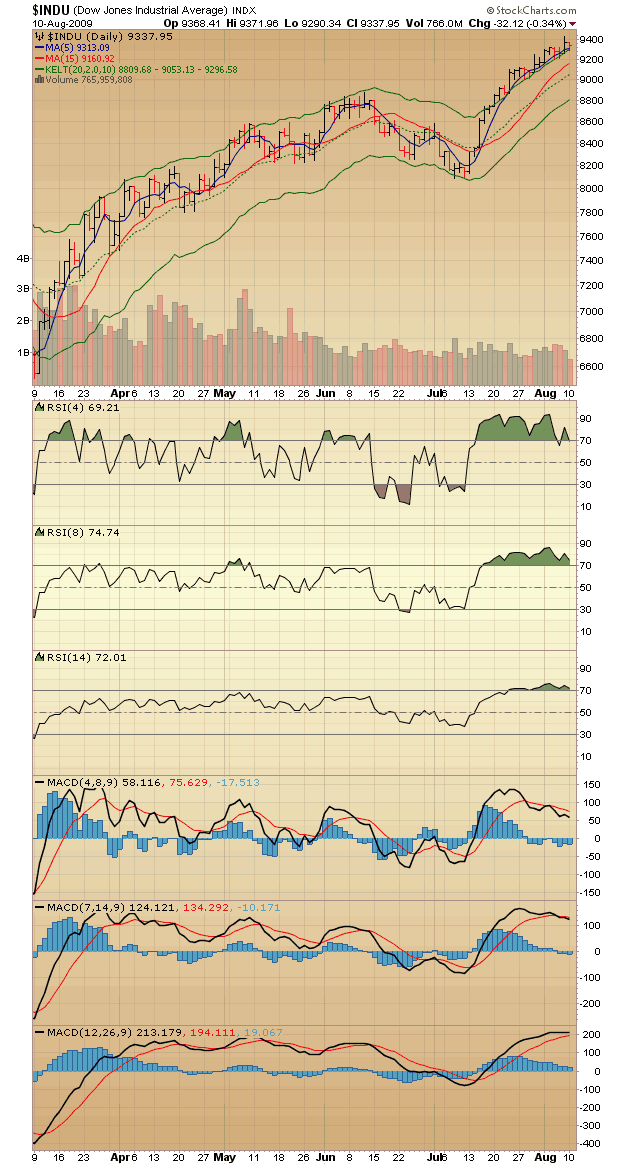
Click Here, or on the image, to see a larger, undistorted image.
4. If we take out the lows on the Dow at 6500, I've got to wonder about Warren Buffett. His bizarre move to write a zillion OTC derivative put options on the Stock Market could be the end of him. My numbers could be off, but if the Dow fell to around 4000, I think Warren goes into the hole for about $50 billion. If he is wiped out or badly harmed financially, the public will lose all hope, and begin a complete liquidation of all their stock market holdings. [[Actually, Warren sold a long-term European type put which cannot be exercised until the final day— which is 10 years from the date it was sold (in 2008, I believe), ie, in 2018.: normxxx]] I will cover the shorts I've been piling on into this strength, and then reverse to the buy while the public permanently exits the risk arena. The public is still "all in" on the stock market. They believe the market exists to make them money.
5. The market exists to take the public's money. Meantime, Mark Mobius, successor to Sir John Templeton, says the global stock markets could take a huge 30% hit. Most of you know I began shorting the stock market about two weeks ago around 9000. I thought we might get up towards 9500-10,000. (You may remember I was almost alone in the gold community buying into the lows of 6500.) You should also remember my postings into gold 905, again virtually alone on the buy.
6. I don't care about calling tops and bottoms. But because of my buy and sell tactics, my largest buys always come at the exact bottom of every market move and my largest sells at the exact top[!?!]
7. I mention all this because I need your attention now. The bankers plan to watch you blow yourselves up again. They want you to start selling your gold now. The carrot will be "you'll back get in cheaper" later. Don't do it. You have to get rid of thoughts like, "If support breaks, we're heading lower," and start laying in your buy orders at those lower prices.
8. I doubt if more than 10% of the gold community have any buy orders for gold at lower prices in the market right now. Probably 50% of you have stoploss (takeloss) orders instead. Throw your stops in the garbage and replace them with buy orders. Don't sell the world's lowest risk investment into weakness as a loser. Buy it into weakness side by side with the bankers. As a winner.
9. In the past couple of weeks I've really emphasized the importance of separating where you think the market is going from tactics. The Dow has been strong, so it must be sold. That's a reality not open to discussion.
10. Now we have the first "shots across the Dow bull's bow" with the Tudor and Mobius blockbusters. Sadly, those of you who recently bailed on failed Dow shorts and switched to long are probably now feeling somewhat ill as you wonder, "What does Tudor know, am I about to fry again?" To answer that question, ask yourself this: "Did I make a mistake buying general equity stocks after they jumped 300% in 5 months, after the Dow itself leaped a mind-boggling 43% in 5 months?" You know the answer.
11. Most of you are still placing far too much emphasis on charts and analysis. I'm not joking when I mention following Granny in the grocery. Price goes up a little, sell a little. Price goes up a lot, sell a bigger amount. Do the reverse on the buy. It really is this simple. Charts are interesting. Making money is a lot more interesting. Follow charts yes, but not when they go against Granny.
12. When does the gold community and the hedge fund community, en masse, break the chains to the bankers? Answer: When price going up sees you on the sell and price going down sees you, as a group, on the buy. Also: put down the home run bats, forget about swinging for the fences. Keep the buys small. Smaller than you think is rational.
13. If you are fully invested, use price strength to take a modest amount of risk capital off the table— at a profit— so you can function in the market when weakness comes, whether that weakness is now, or 5 years from now. Be prepared.
14. I sense substantial fear coming into the gold market, right now, amongst the technical analysts. Too bad for them. I was a buyer of yesterday's $30 price weakness in gold. If we get more weakness today I buy more than I bought yesterday. I've spoken about what I believe is the ideal 70-30 gold mix, where you allocate 70% of your gold risk capital to longs, 30% to shorts. NEVER let your short position exceed your long position at any point in time. I personally never let it exceed 1/3 of my existing long position and suggest those of you who are playing gold super timer to think hard about what I'm telling you.
15. When you play with leveraged ETFs, I'd rather see most of the acting in the currency markets. First, currency and physical gold markets are likely to remain open during a stock and perhaps even a bank "holiday". Second, you need to be able to execute dozens of buys on leveraged ETFs to stay in the game when price moves against you, or you can be wiped out.
Gold could rise 20% while your bear gold ETF falls 90%. If gold falls, the US dollar rises, generally. Rather than buying a bear gold ETF with 30% of your risk capital, allocate 30% to the US dollar. Here's a look at the US dollar. The number two currency in the world. Number one, of course, being Gold.
I've been a buyer of the US dollar into last week's weakness. The cash register is starting to ring this week already. Remember, you don't have to be a dollar bear if you are a gold bull. When you are booking profit on gold, you should be buying USD. One money-making party is good, but two are better! This is a trade on USD.
When the USD drops into the 60s on the index, that should be like buying gold at $400. If you could buy gold at 400 today, would you? Don't try to pick the bottom for the USD. We're likely soon going to enter the final stage of the USD bear market. I suggest you buy into it. Again, what I'm talking about here is a trade. I expect the USD to become a massive buy later on, probably as gold crosses $1500-2000.
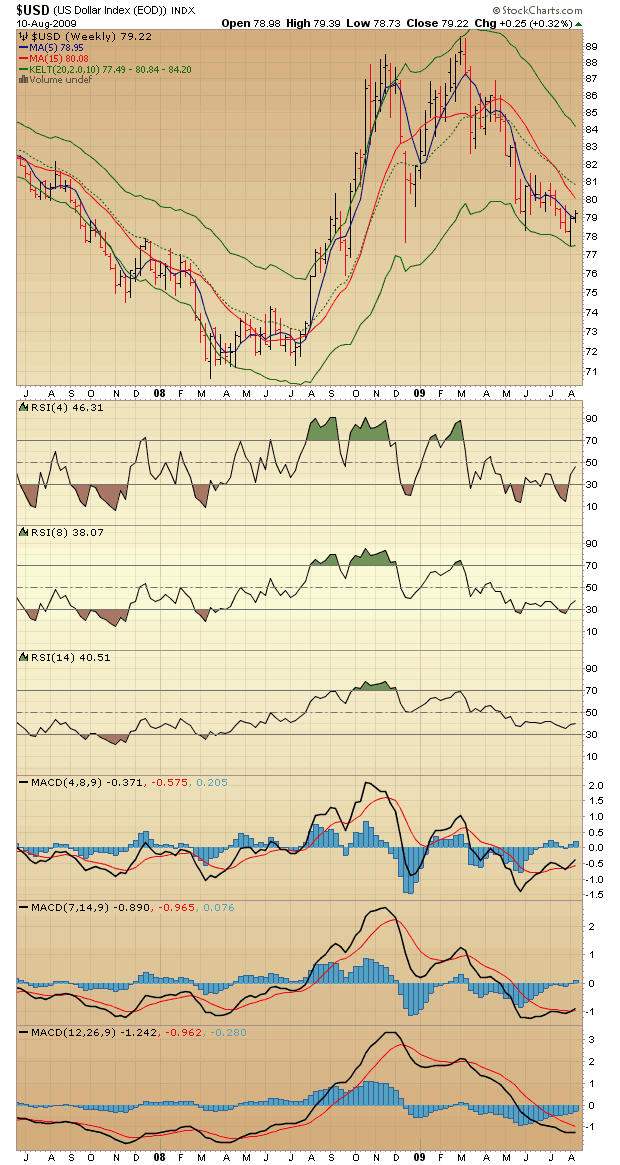
Click Here, or on the image, to see a larger, undistorted image.
16. China. When the US dollar is re-backed with gold via Jim Sinclair's gold certificate ratio [[forget it— it'll never happen— it's the goldbugs' Shangri-La: normxxx]], a huge USD bull market will commence and the Chinese economy and markets will likely have a horrific crash. I believe this is part of the bankers' scheme hatched decades ago, stage one of which was to move the global manufacturing centre from the USA to China. [[Yet another conspiracy theory!: normxxx]]
The banksters' game is unchanged: Let the public build a massive economy with money you loan to them. Once it's all built up, then you crash the whole show and buy, the bulk of it, for pennies on the dollar. The global bankers have exactly the same game in play for the Chinese markets.
17. I bought the FXI, the Chinese "Dow" into the meltdown lows last October, and I've been booking profit all through this strength. Currency markets tend often to make intermediate tops in line with stock market tops.
18. As an example, the Dow peaked out around when the Canadian dollar did in the fall of 2007. Anybody listening? Rather than getting involved in leveraged ETFs, where you don't really understand the mechanics of these items, consider trading currencies as a play against your stock market and gold plays.
19. You can maintain bull plays on the Euro, the USD, the Cbone, the Aussie, and gold. I believe it is a massive error to be shorting the USD while being long gold.
20. Currency markets have tremendous liquidity. The trading hours are fantastic, and ETFs are available on most of the majors.
21. Currency trends last a long time, generally much longer than stock market trends. You can make money buying the Aussie and the USD, both in bull plays, using buy programs for both.
22. While one moves up against the other, you are booking profit on one while buying the other.
23. Gold of course is the ultimate currency, but the others should not be ignored. The biggest investors focus on currencies, not stocks. What kills most investors in the currency markets is trade size. Most investors trade in $100,000 lot increments, but you can trade in any size, even 10 dollars!
24. You can go a long time failing to make money in the market. Like the saying "there's a fine line between genius and insanity", there's a very fine line between profit and loss in the market. That line is defined far and away by trade size and the decision to buy only weakness and sell only strength. While you may have spent years or even decades losing money in the market, if you take the steps of chopping your trade size drastically and buying weakness/selling strength, you'll soon cross over the line to consistent profits! [[Boring, but consistent!: normxxx]]

